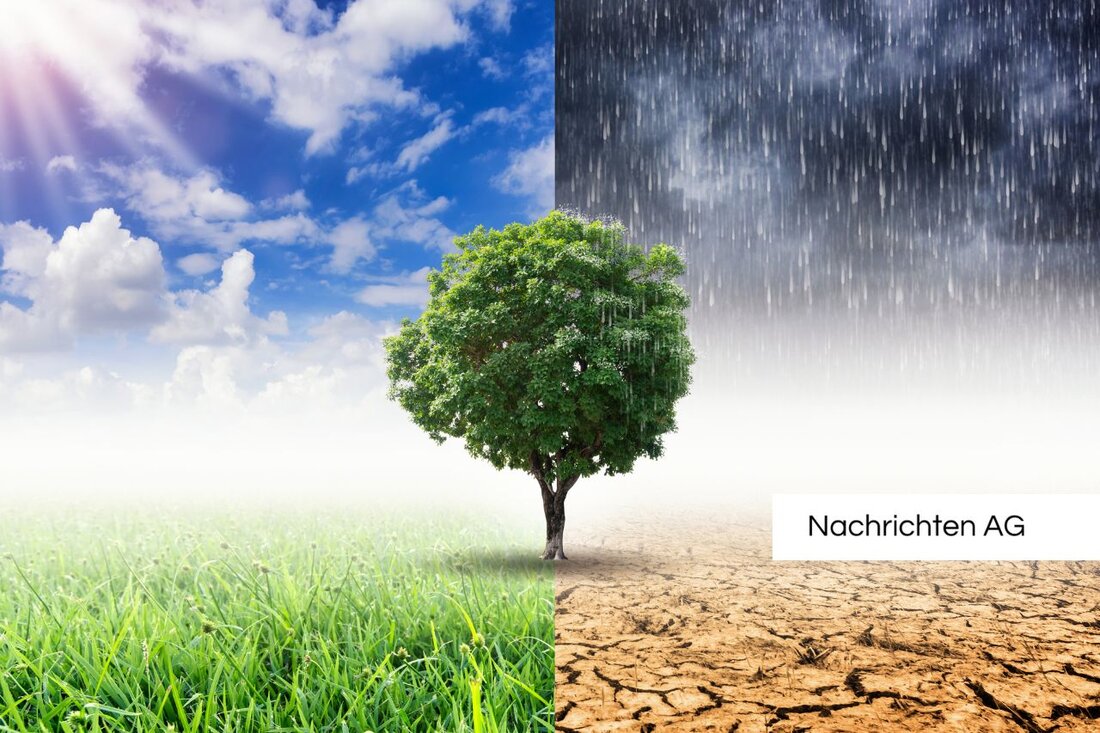Numerous tree giants fall in the Tegeler Forst - Dick Marie defies!

Numerous tree giants fall in the Tegeler Forst - Dick Marie defies!
Tegeler Forst, Berlin, Deutschland - On July 1, 2025, the Senate Environmental Administration informed about considerable damage to the Tegel Forest, which was caused by the latest storms. Trees in particular are the "Burgsdorff-Lärche", which was planted in 1795 and has now fallen over with the root plate. With a height of 41 meters, it was considered the highest tree in Berlin until 2021. The new record holder, a 43 meter high beech, the fate of which is currently uncertain, is also in the Tegeler Forst, right on the Mühlenweg. Access and forest paths have been blocked since the disorders, which makes the access routes difficult for the forest workers.
Another remarkable copy is the "thick Marie", an approximately 600 -year -old stem oak that withstanded the storms. With a height of 15 meters and a size of 6.50 meters, it is an important natural monument near the Tegeler Lake. However, the storm damage is not limited to these individual trees. Thousands of other trees were uprooted or kinked, which led to massive damage in the entire forest area.
closures and security measures
Due to the danger from falling branches and falling trees, the Tegeler and Spandauer Forst were temporarily closed. In a message, it was pointed out that entering the forests is prohibited until further notice. Forest employees have already started with initial security work, but an exact situation assessment is currently impossible, since many forest paths and streets are blocked by fallen trees. [berlin.de] reports that the cleanup is expected to take several weeks
The damage concerns both needle and deciduous trees, including oak, beech and birch. The fully leafy birch trees offered a large area of attack for the storm. Dürre years in recent years have also led to loss of vitality in many tree species, which impaired their stability. This is an indication of the effects of climate change on the forests in Germany, as [forstwirtschaft-in-Deutschland.de] emphasized. climate change is a challenge for forestry. Forestry and forest owners are working to plan the forests for future climate conditions by promoting tree species that are better with the changing conditions. Experts expect warmer and drier summer, which focuses on promoting tree species variety. This happens as part of a long -term forest conversion to climate -adapted mixed forests to make the forests more resistant to storms and other disorders. The creation of mixed forests is crucial because they are less susceptible to disorders than monocultures. The success of these measures will be visible over the next few decades. But it is already evident that over 76 percent of the forests in Germany are mixed forests, a trend that is reinforced by the challenges of climate change. The events in the Tegeler Forst are further evidence of how important it is to make well -informed and future -oriented decisions in forestry. The stability and health of our forests can only be ensured by the clever planning and the consideration of ecological requirements. climate change and forest conversion
| Details | |
|---|---|
| Ort | Tegeler Forst, Berlin, Deutschland |
| Quellen | |
